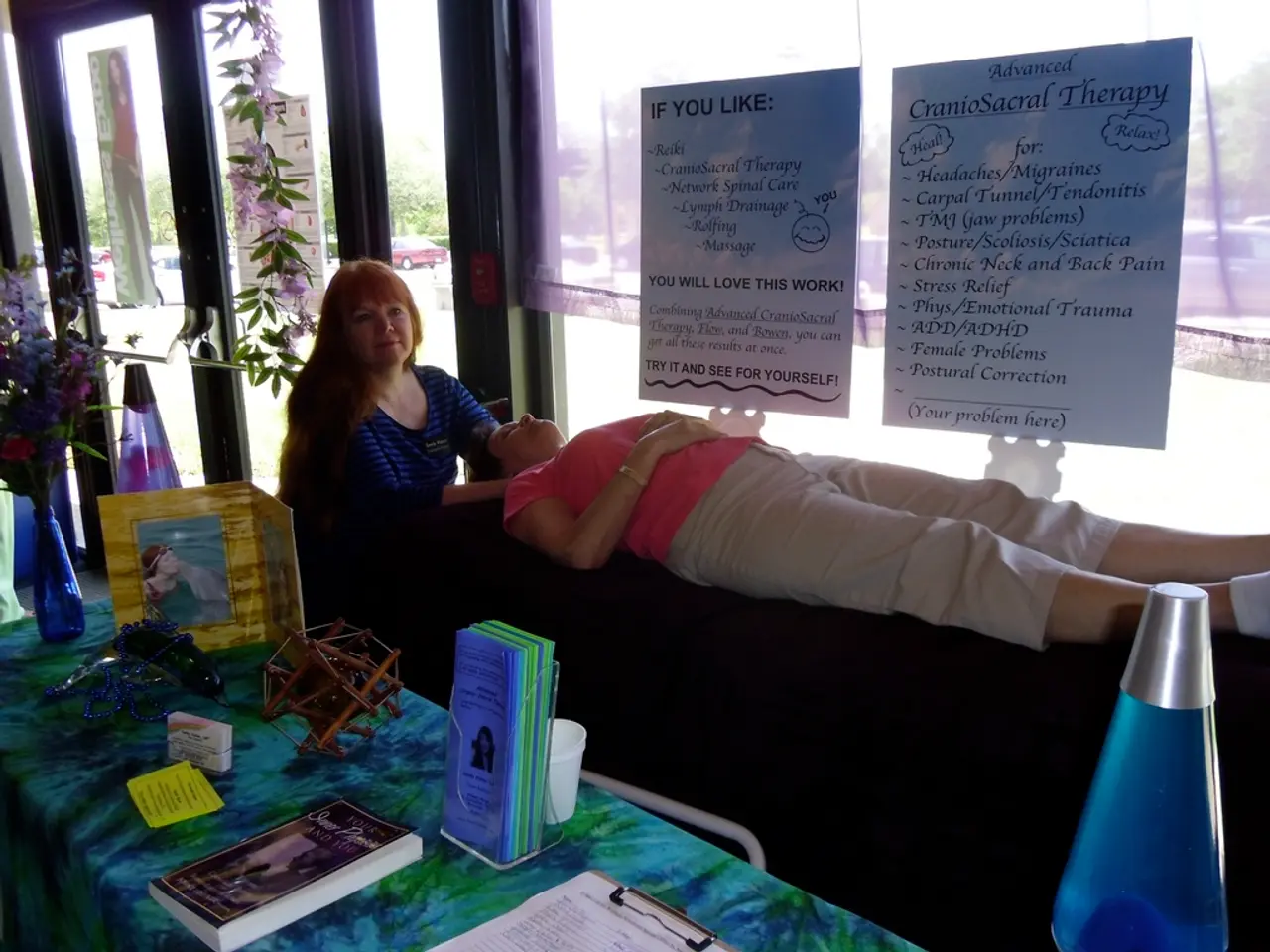Guidelines for Assisting an Individual in a Drug Overdose Incident
In a nutshell, here's what you gotta do if someone's overdosed, man:
First off, recognize the red flags: slurred speech, tiny pupils, blue or purple lips or nails, clammy skin, dizziness, confusion, extreme sleepiness, choking sounds, no breathing, unresponsiveness. If you spot any of these signs, take action pronto.
Grab your phone and dial 911 (or your local emergency number). Don't be a chicken, monster – those medics know their stuff, and they're way better equipped to handle the situation than you are. Tell the operator that the person is OD'ing and make sure to say whether or not they're breathing.
Next up, holler at the person. Yell their name or give 'em a good shake. If that doesn't work, try a sternum rub – it's not a fun massage, but it just might wake 'em up.
Now, if you've got some Narcan (naloxone) on hand, administer it if you think they've been playing with opioids. Don't have it? No biggie – just move on to step four. If you're unsure about what they've been snorting or shooting up, give 'em a dose of Narcan anyway – it won't hurt them if they didn't take opioids, but it could save their life. Not sure where to get some? Swing by your doc or a pharmacy, or hit up a harm reduction program like NEXT Distro. The FDA recently made Narcan a over-the-counter medicine, so it's easy to grab.
Lay the person flat on their back, tilt their head back, and squirt it up their nose. Watch for a response – if their breathing starts up again in a couple minutes, you're a goddamn hero (or witch, whatever floats your boat). If they're still asleep at the wheel, you can give them another dose in the other nostril. Keep in mind that Narcan's effects only last for 30 to 90 minutes, so they might need another dose (or three, or four) before the ambulance rolls up.
If you don't have any Narcan, or if they didn't respond to the first dose, it's time to play Mr. Airway. Using rescue breaths, pump some oxygen into their lungs. Lay 'em on their back, tilt their head back, pinch their nose shut, and give them a breath once every five or six seconds.
Now, if you're certified in CPR, go ahead and pump their chest – 100 to 120 compressions per minute, two inches deep, keeping a steady beat like a drummer on acid. If you don't have any CPR chops, or if you're uncomfortable giving mouth-to-mouth, give 'em a round of hands-only CPR – just the chest compressions, just like you're trying to pound a tent stake into the ground.
Keep the party going until the paramedics show up and take the wheel. Once they've got the situation under control, put the OD victim in the recovery position to ensure they don't choke on their own vomit: roll them onto their side, prop up their nearest arm, loop their other arm over their chest, tuck their far leg under their nearest one, and gently rest their head in the crook of their arm.
Remember, the opioid crisis is all around us, so make sure to keep the resources handy – and if you ever spot the signs of an overdose, don't hesitate to jump into action and save a life. Your safety can wait, but that guy or gal's life depends on you calling the cops and staying with them until the ambulance arrives. Don't be a coward – be a lifesaver.
Foods rich in vitamins and minerals are essential for maintaining overall health and mental health, especially for individuals recovering from substance overdose. Regular intake of health-and-wellness supplements can further bolster both physical and mental health during the recovery process.






